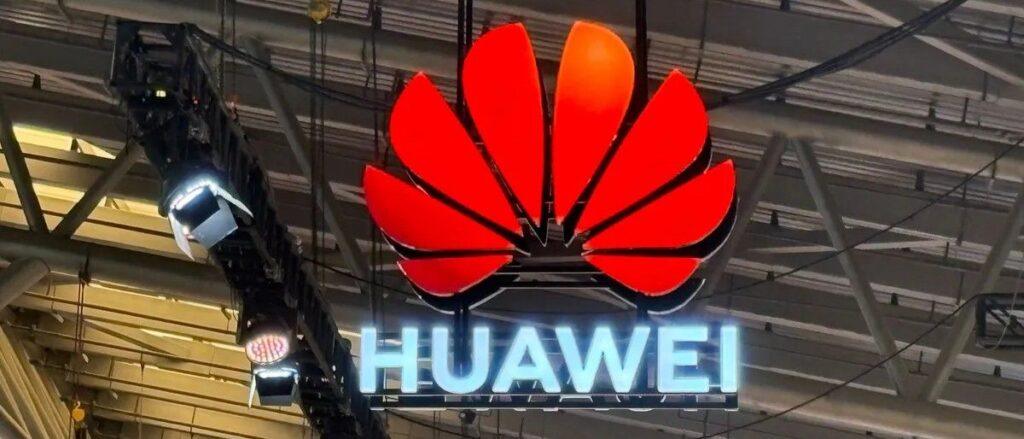- Huawei projects that more than fifty 5G-Advanced networks will operate globally
- AI Agents Expected to Outnumber Traditional Applications by 2030
- Huawei predicts almost four hundred million AI phones by 2025
Huawei has presented its latest advances in 5G-Advanced (5G-A), drawing up a roadmap that combines wireless connectivity with artificial intelligence.
The company projects that by the end of 2025, one hundred million consumers will have 5G-A compatible smartphones, while more than fifty large-scale networks will be operational.
The forecast shows Huawei’s confidence, but it is not yet clear how these expectations will align with market adoption outside of China.
Network design and technical strategies.
Huawei’s approach is based on “AgenticRAN”, a framework that integrates intelligence across spectrum, energy and operations.
The company describes this as a step toward AN L4 automation, but such ratings are internal benchmarks and not universally recognized standards.
New hardware, such as the ultra-wideband AAU series, feature dual-band fused array designs intended to enable faster coverage.
Huawei says its Pano Radio and EasyAAU solutions are designed to support a higher number of connections with lower latency, targeting real-time AI workloads.
Furthermore, the architecture is described as establishing a core network with a high bandwidth of 100 Mbps, intended to support ubiquitous IoT connectivity and real-time services in the era of mobile AI.
The company also emphasizes connectivity in all environments, from dense cities to remote rural areas.
Solutions such as RuralCow and LampSite X are presented as examples of this approach, with implementations extending to oceans and deserts.
The technology also includes digital antennas and power systems, which turn passive components into a controllable, data-aware infrastructure.
While improvements can improve operational efficiency, industry observers continue to note that widespread success depends on interoperability and cost management.
A central claim is that by 2030, the number of AI agents will surpass traditional applications, reshaping the way users interact with devices.
These agents are described as enabling intent-based communication, multi-device collaboration, and even holographic interaction.
If realized, this would change the way consumers interact with personal assistants, combining advanced artificial intelligence tools directly into everyday networks and devices.
Huawei links this trajectory to the expected growth of AI-enabled phones and predicts that shipments of such devices will reach almost 400 million units by the end of 2025.
Although Huawei sees these advances as transformative, questions remain about global acceptance.
The fastest progress may occur in China, where regulatory and manufacturing conditions align in the company’s favor.
Outside of China, adoption will depend on whether suppliers to major smartphone and laptop manufacturers that work with advanced AI agents choose to support Huawei’s ecosystem.
The company’s vision also assumes that network operators will prioritize 5G-A upgrades over other infrastructure investments, although this may not be the case.
For now, Huawei positions 5G-A as a technological step and economic driver that projects production in the trillions, but its real impact will be judged by real-world implementations and not predictions.
Through Media connection
Follow TechRadar on Google News and add us as a preferred source to receive news, reviews and opinions from our experts in your feeds. Be sure to click the Follow button!
And of course you can also follow TechRadar on TikTok for news, reviews, unboxings in video form and receive regular updates from us on WhatsApp also.




